Companies and organizations are on the cusp of a highly transitional period due to the significant influx of retirements brought by Peak 65. While the retirements pose challenges in terms of staffing, training, and knowledge transfer, they also provide an advantageous opportunity for HR teams to reevaluate their talent acquisition and retention strategies.
Ensuring knowledge transfer
While staffing and training initiatives follow a structured approach, the transfer of institutional knowledge tends to happen through interpersonal interactions, adopting a more organic nature. However, its significance should not be overlooked. According to the employment website, Indeed.com, institutional knowledge refers to the collective understanding and skills possessed by an organization's workforce. In simpler terms, it encompasses all the valuable insights and experiences accumulated throughout an individual's tenure with a company. Serving as an intangible yet invaluable asset, institutional knowledge plays a crucial role in maintaining workplace continuity for businesses.
Over the years, job sharing and mentoring programs have been the traditional solutions that HR teams have relied on to facilitate the transfer of institutional knowledge from retiring employees to their successors. However, inventive programs can surpass the aim of knowledge transfer and actively promote employee loyalty and overall workforce stability. These programs revolve around the provision of employee relocation benefits.
How relocation benefits can help
Here are a few scenarios where relocation benefits can be used with employees intending to retire in the near future and for the non-retiring employees intending to advance within the company:
- A temporary dual location assignment that enables retiring employees to temporarily relocate to a different location. This arrangement allows them to mentor their replacement while also considering the location as a potential retirement destination.
- Guaranteed relocation assistance at retirement could be offered to employees in exchange for delaying their retirement a few years to mentor their replacements. These benefits could include home sale/purchase and household goods services to the employee’s preferred retirement location.
- A rotation package that provides advancing employees with a more comprehensive understanding of the organization, enhancing their professional development, and facilitating cross-functional collaboration and knowledge sharing. These packages offer employees the chance to explore different career paths, discover their strengths and interests, and build a well-rounded skill set.
- A temporary relocation that temporarily assigns employees to a different location or department to gain exposure to different roles, functions, or geographic areas. These employees acquire new skills, build relationships with different teams or departments, and gain exposure to different organizational cultures. This helps to expand their knowledge base, enhance their leadership capabilities, and prepare them for higher-level roles.
Fostering professional growth
Fortifying internal workforces is a top priority for many HR teams, especially with Peak 65 on the horizon. As part of American Healthcare Leader’s Executive-to-Executive interview series, HR leaders Carlos Huereca, CHRO at Corporate Relocation International, and Donovan Mattole, VP of HR for Americas at Brenntag, discussed ways to effectively manage and optimize internal employees during this critical period of preparation.
“The employees of any organization will always look for opportunities to advance their careers,” says Huereca. “And businesses have to start preparing for the baby boomers [who] are about to start getting into retirement.”
Mattole sees the advantages for younger workers during this transitional time and encourages them to embrace these new avenues to advancement.
“The opportunity from a succession planning standpoint for young people is incredible,” says Mattole. “I think a lot of it is career pathing as well, and really painting the picture for employees - ‘Hey, we have a lot of opportunities, and over the next ten years, all of these senior roles are going to open up’ – and as HR leaders, we want to prepare them for that.”
A positive outcome for all
By leveraging relocation benefits, companies create a win-win situation where retiring employees are motivated to stay longer, share their knowledge, and contribute to a smooth knowledge transfer process. Younger employees also reap the rewards – as evidenced by the company’s establishment of a workplace based around long-term growth and advancement. By employing this considerate approach, the company is prepared for Peak 65, and can successfully achieve their objectives of safeguarding institutional knowledge, nurturing mentorship connections, and upholding continuity within the organization. An added benefit of this preparation is a positive workplace environment conducive to employee loyalty and satisfaction.


